
Dinant: The Jewel of the Meuse River Valley
Explore the charm of Dinant, Belgium, a scenic town along the Meuse River known for its historic Citadel, the birthplace of the saxophone, and its delightful local cuisine.
Nestled along the banks of the Meuse River, Dinant is a picturesque town in Belgium that offers a charming blend of natural beauty and historical intrigue. This quaint city, with its stunning cliffside Citadel and iconic Collegiate Church of Notre Dame, is a must-visit for travelers seeking both relaxation and adventure. The Citadel of Dinant, perched high above the town, provides panoramic views of the lush valley below. Visitors can explore its rich history through interactive exhibits and guided tours. The journey up to the Citadel can be made via a scenic cable car ride or, for the more adventurous, a climb up the 408 steps. Dinant is also the birthplace of Adolphe Sax, the inventor of the saxophone. Music lovers can visit the Adolphe Sax House to learn about his life and see his inventions. The town pays homage to its musical heritage with numerous saxophone statues and themed events throughout the year. The Meuse River itself offers a range of activities, from leisurely boat cruises to kayaking adventures. The riverside cafes and restaurants serve delicious Belgian cuisine, allowing visitors to relax and enjoy the scenic views. Be sure to try the local specialty, Couque de Dinant, a hard, sweet biscuit that is unique to the region.
Local tips in Dinant
- Consider visiting in the spring or early autumn for the best weather and fewer crowds.
- The Citadel offers combined tickets for the cable car and the museum, providing a more economical way to explore.
- Wear comfortable shoes for the climb up to the Citadel; the views are worth the effort.
- Try the local beer, Leffe, which is brewed in the nearby Leffe Abbey.
- Take a river cruise to see the town from a different perspective and to appreciate the scenic beauty of the Meuse Valley.
Dinant: The Jewel of the Meuse River Valley
Nestled along the banks of the Meuse River, Dinant is a picturesque town in Belgium that offers a charming blend of natural beauty and historical intrigue. This quaint city, with its stunning cliffside Citadel and iconic Collegiate Church of Notre Dame, is a must-visit for travelers seeking both relaxation and adventure. The Citadel of Dinant, perched high above the town, provides panoramic views of the lush valley below. Visitors can explore its rich history through interactive exhibits and guided tours. The journey up to the Citadel can be made via a scenic cable car ride or, for the more adventurous, a climb up the 408 steps. Dinant is also the birthplace of Adolphe Sax, the inventor of the saxophone. Music lovers can visit the Adolphe Sax House to learn about his life and see his inventions. The town pays homage to its musical heritage with numerous saxophone statues and themed events throughout the year. The Meuse River itself offers a range of activities, from leisurely boat cruises to kayaking adventures. The riverside cafes and restaurants serve delicious Belgian cuisine, allowing visitors to relax and enjoy the scenic views. Be sure to try the local specialty, Couque de Dinant, a hard, sweet biscuit that is unique to the region.
When is the best time to go to Dinant?
Iconic landmarks you can’t miss
Citadelle de Dinant
Discover the historical wonder of Citadelle de Dinant, a magnificent fortress offering breathtaking views and rich cultural experiences in Belgium.
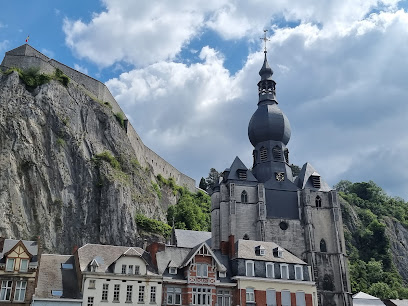
Maison Leffe
Explore the historic Maison Leffe in Dinant, Belgium, and immerse yourself in the rich tradition of Belgian brewing with tastings and engaging exhibits.
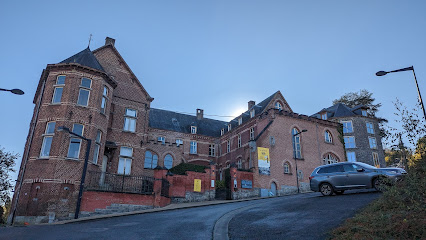
Vêves Castle
Explore Vêves Castle in Belgium, a historical landmark offering stunning architecture, rich history, and unique escape room experiences amidst picturesque landscapes.

Grotte de Dinant La Merveilleuse
Explore the breathtaking Grotte de Dinant La Merveilleuse, a stunning natural attraction filled with unique rock formations and rich history in Belgium.
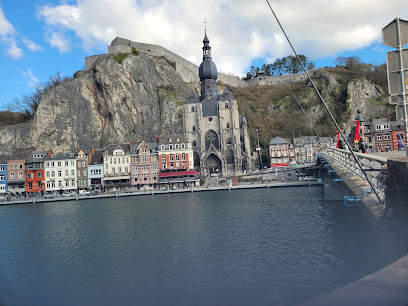
Furfooz Nature Reserve
Discover the breathtaking landscapes and historical caves of Furfooz Nature Reserve, a must-visit destination for nature lovers in Belgium.
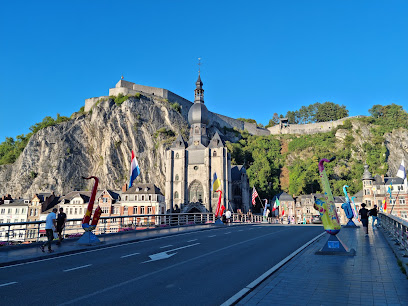
Rocher Bayard
Experience the breathtaking beauty and rich history of Rocher Bayard, an iconic rock formation in Dinant, Belgium, perfect for nature lovers and adventurers alike.
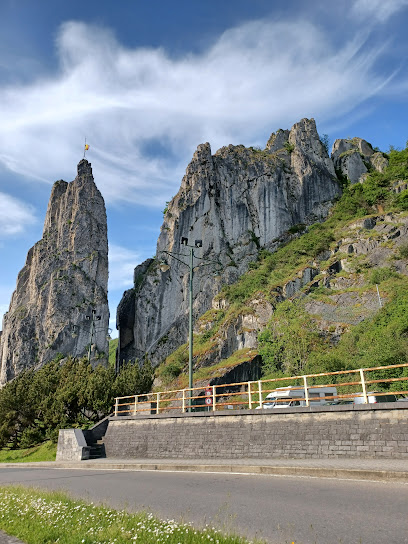
Pont Charles de Gaulle
Explore the stunning Pont Charles de Gaulle in Dinant, a beautiful bridge offering breathtaking views and rich history along the Meuse River.
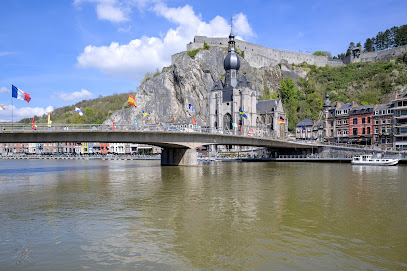
Castle of Freÿr
Discover the enchanting Castle of Freÿr, a stunning Renaissance gem nestled along the Meuse River, where history and beauty intertwine.
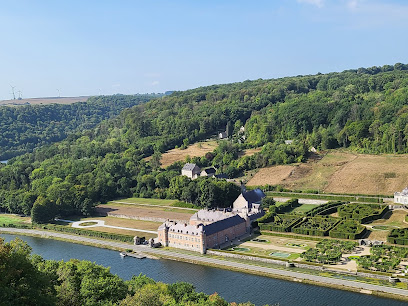
Notre Dame de Dinant
Explore the breathtaking Notre Dame de Dinant, a stunning Gothic church nestled in the heart of Belgium's picturesque landscape.
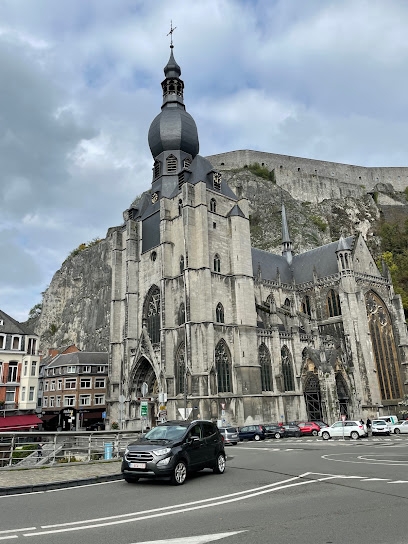
La Merveilleuse by Infiniti Resorts
Experience luxurious stays and rich Belgian culture at La Merveilleuse by Infiniti Resorts in scenic Dinant, complete with a unique on-site museum.

Solbrun
Discover Solbrun, a charming tea house and chocolate shop in Dinant, Belgium, where exquisite flavors and cozy atmosphere create a delightful experience.
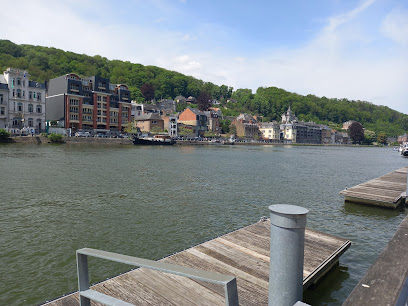
Castle of Crevecoeur
Discover the rich history and breathtaking views at Castle of Crevecoeur in Dinant, a perfect blend of medieval architecture and natural beauty.

Walzin Castle
Explore the enchanting Walzin Castle in Belgium, a medieval gem that offers stunning views and rich history amidst the picturesque Meuse Valley.
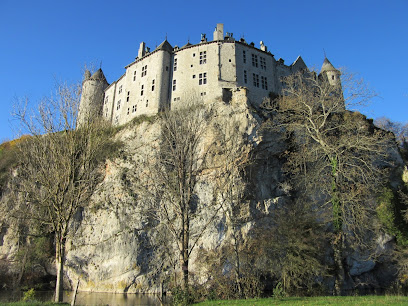
Maison Adolphe Sax
Discover the life and legacy of Adolphe Sax at Maison Adolphe Sax—an inspiring museum in Dinant celebrating the creator of the saxophone.
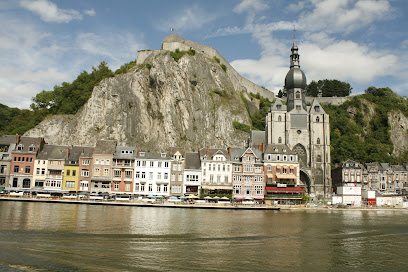
DINANT EVASION
Experience the thrill of adventure at Dinant Evasion, a premier recreation center in Belgium perfect for outdoor enthusiasts and families seeking fun.
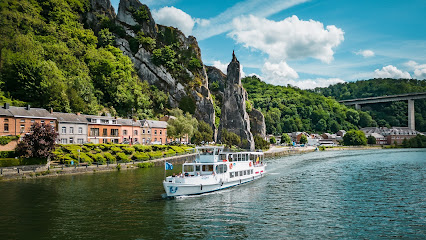
Unmissable attractions to see
Citadelle de Dinant
Discover the Citadel of Dinant, a historic fortress offering stunning views and rich cultural experiences in the heart of Belgium.
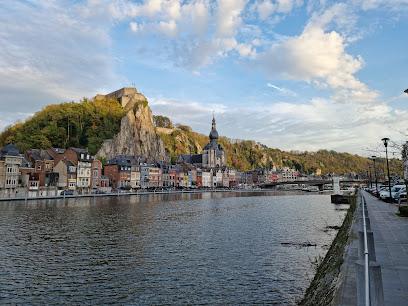
Citadelle de Namur
Explore the historic Citadelle de Namur, a majestic fortress with stunning views and rich history, perfect for tourists seeking adventure in Belgium.
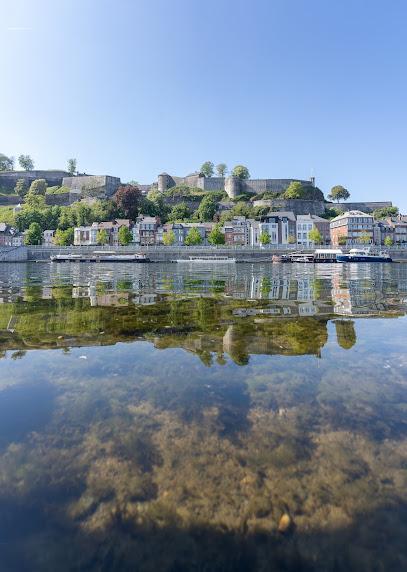
Maison Leffe
Explore the rich heritage of Belgian brewing at Maison Leffe in Dinant, a delightful museum dedicated to the iconic Leffe beer.
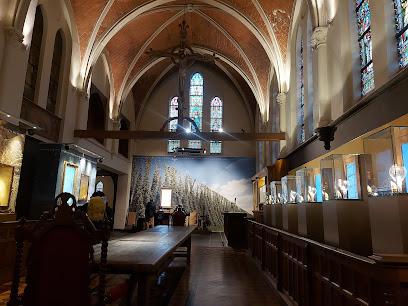
Radhadesh domain
Experience the spiritual and cultural allure of Radhadesh Domain in Durbuy, featuring a stunning Hindu temple, delightful bakery, and rich heritage.
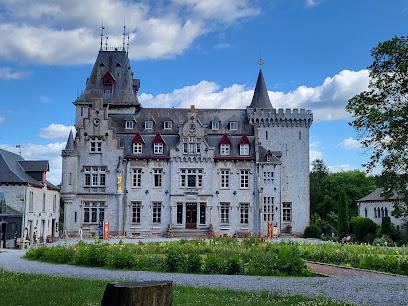
Vêves Castle
Explore the enchanting Vêves Castle, a historical gem in the heart of Belgium, surrounded by breathtaking landscapes and rich cultural heritage.
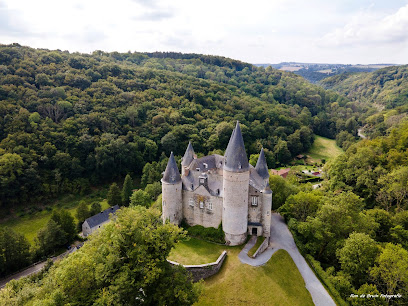
Théâtre de Namur
Discover the enchanting Théâtre de Namur, a cultural hub in Belgium offering captivating performances and a rich artistic experience.
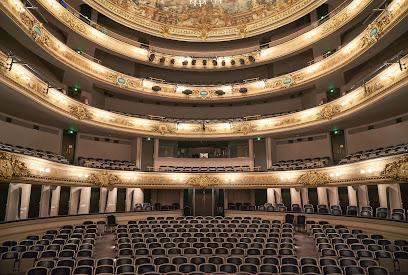
Furfooz Nature Reserve
Discover the breathtaking landscapes and historical caves of Furfooz Nature Reserve in Dinant, Belgium. A paradise for hikers and nature lovers.
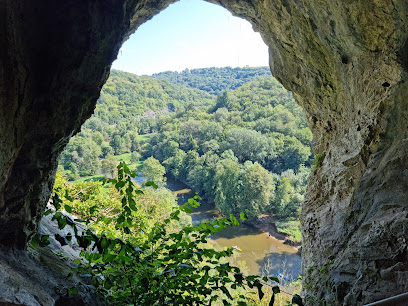
DINANT EVASION - Croisières sur la Meuse
Experience the breathtaking beauty of Dinant with scenic river cruises on the Meuse, revealing the charm of Belgium’s rich history and landscapes.
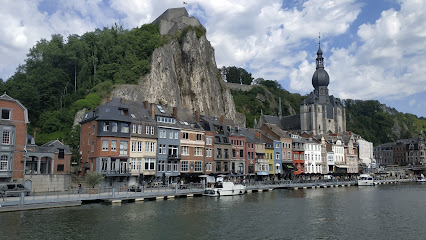
Floreffe Abbey
Explore the serene and historic Floreffe Abbey in Belgium, a perfect blend of beautiful architecture, rich history, and tranquil gardens.
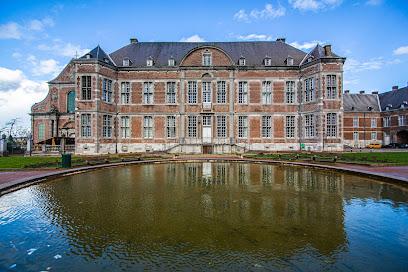
parc Louise-Marie
Explore the serene beauty and cultural richness of Parc Louise-Marie, a must-visit city park in Namur, Belgium.
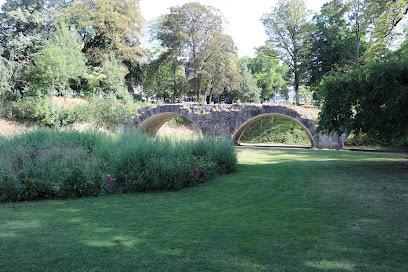
Rocher Bayard
Discover the breathtaking Rocher Bayard in Dinant, Belgium - a stunning natural rock formation steeped in legend and surrounded by picturesque landscapes.
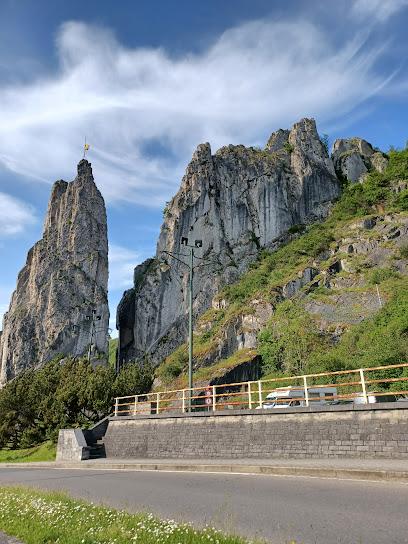
Pont Charles de Gaulle
Explore the iconic Pont Charles de Gaulle in Dinant, Belgium, a stunning bridge that offers breathtaking views and a glimpse into the region's rich history.
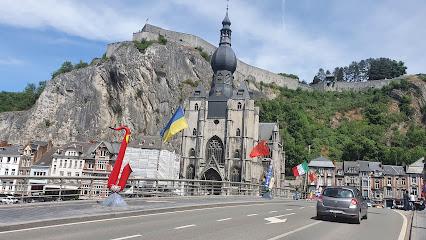
DINANT EVASION - Dinant Adventure
Discover endless adventure at Dinant Evasion, an exciting theme park in the heart of Dinant, Belgium, offering thrilling outdoor activities for everyone.

Castle of Freÿr
Explore the majestic Castle of Freÿr, a historical gem with stunning gardens and captivating architecture along the Meuse River in Belgium.
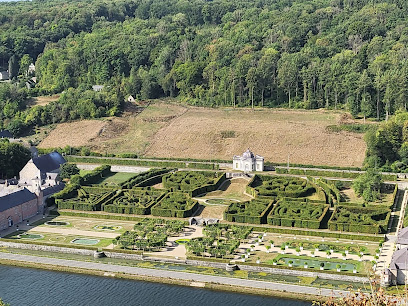
Notre Dame de Dinant
Explore the historical and architectural marvel of Notre Dame de Dinant, a must-see Catholic church in Belgium's enchanting Dinant.
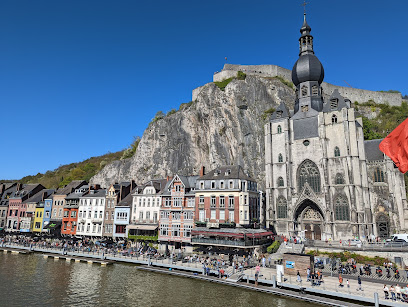
Essential places to dine
Café Leffe
Experience authentic Belgian cuisine at Café Leffe in Dinant, where tradition meets taste in a charming riverside setting.
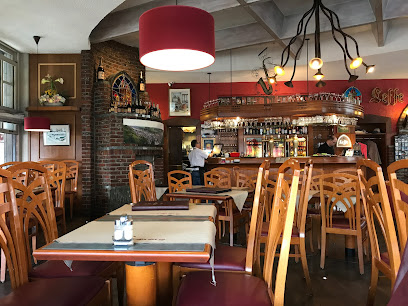
Le Café Ardennais
Discover the heart of Belgian cuisine at Le Café Ardennais in Dinant, where local brews meet exquisite dining experiences.
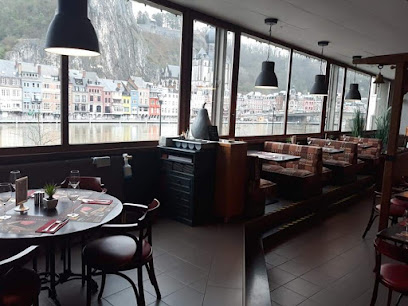
Chez Bouboule
Discover authentic Belgian cuisine at Chez Bouboule in Dinant—home to delectable moules-frites and warm hospitality.
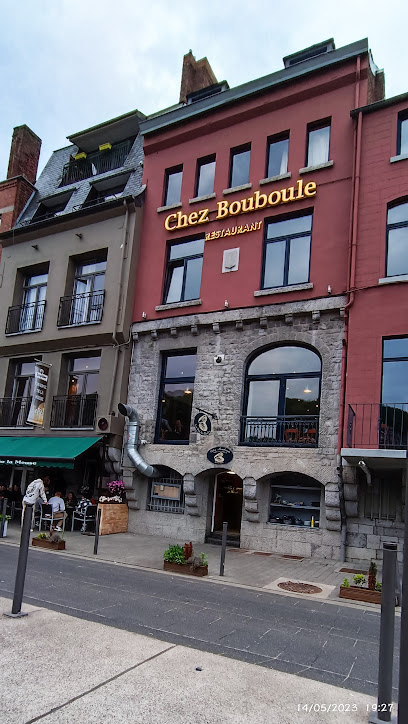
CCnomie
Experience authentic French cuisine at CCnomie in Dinant – where culinary excellence meets charming ambiance.
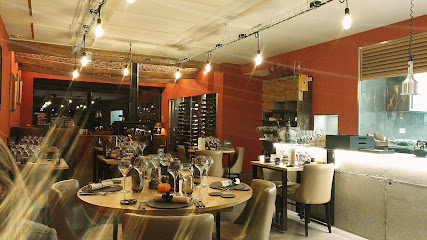
O' D'LIS BURGER'S BAR
Experience gourmet burgers infused with Belgian flair at O' D'LIS BURGER'S BAR in picturesque Dinant.
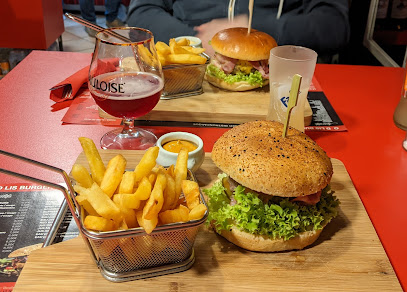
Les Amourettes
Experience global flavors at Les Amourettes in Dinant - where Indian, Japanese, Mexican & vegetarian cuisines come together.
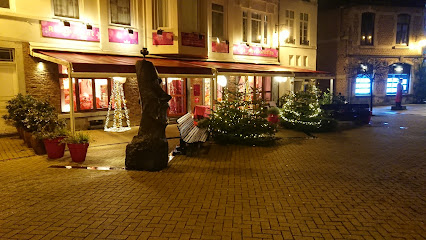
Le Confessionnal
Discover authentic Belgian flavors at Le Confessionnal in Dinant – where every meal is a celebration of tradition.
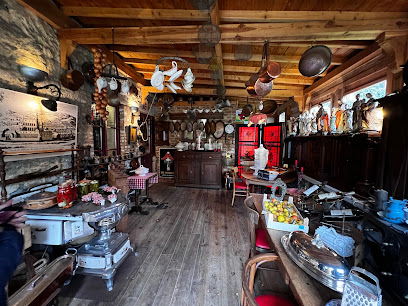
Le Sancerre Dinant
Discover the exquisite flavors of Belgium at Le Sancerre Dinant – where culinary art meets warm hospitality in a charming setting.
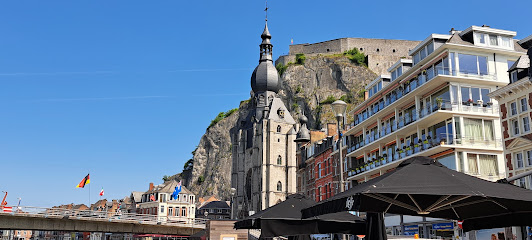
Le Wiertz, Restaurant
Experience authentic Belgian flavors at Le Wiertz - a must-visit restaurant in beautiful Dinant offering fresh seafood and healthy dining options.
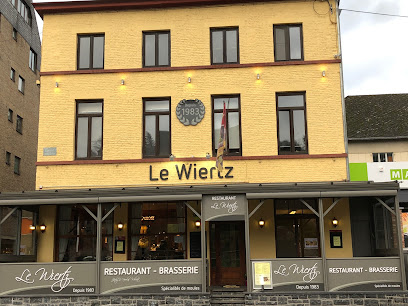
Tout Simplement
Experience exquisite local cuisine at Tout Simplement in Dinant - where every dish tells a story.
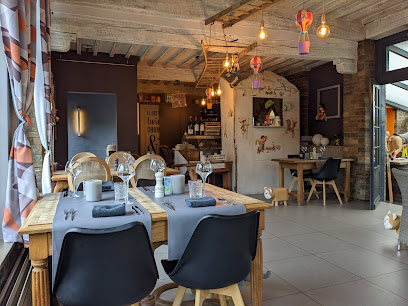
Le Saxophone
Discover family-friendly dining at Le Saxophone in Dinant, where delicious cuisine meets warm hospitality for an unforgettable culinary experience.
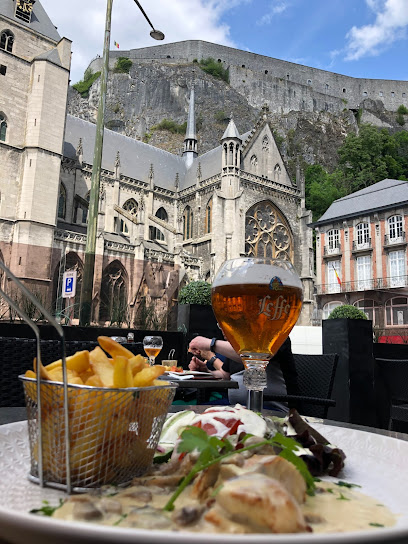
Le Cerf Vert
Discover the flavors of Belgium at Le Cerf Vert, where exquisite dining meets charming accommodations in the heart of Dinant.

Le Freyr
Experience authentic Belgian cuisine at Le Freyr in Dinant – where local flavors meet exceptional dining.
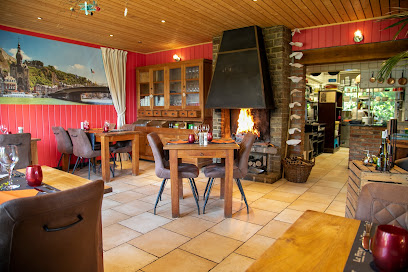
Restaurant China town
Experience authentic Chinese flavors in the heart of Dinant at Restaurant China Town - where every dish tells a story.
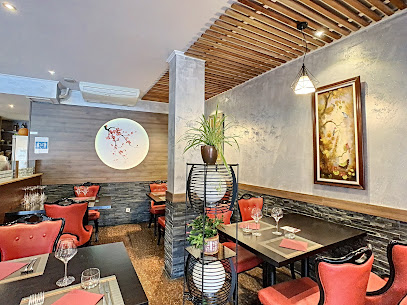
Pizzeria Onda Calabra
Experience the authentic flavors of Italy at Pizzeria Onda Calabra in Dinant - where every bite tells a delicious story.
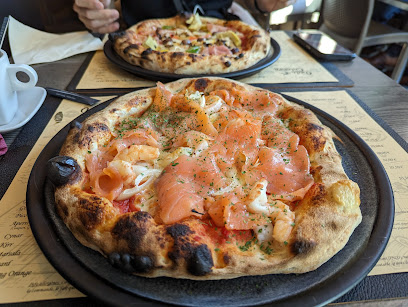
Markets, malls and hidden boutiques
Que du Bonheur
Experience a whimsical shopping adventure at Que du Bonheur, a delightful toy store in Dinant offering unique gifts and charming treasures.
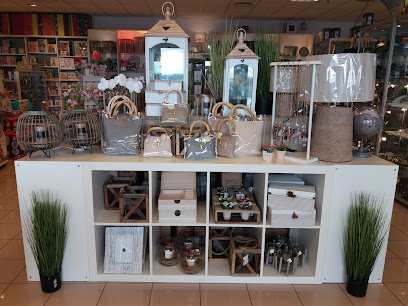
CASA Dinant
Explore CASA Dinant, a charming gift shop offering unique home goods, garden furniture, and kitchen supplies in the heart of picturesque Dinant.
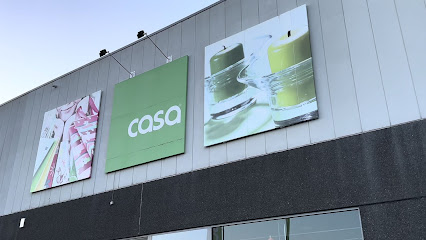
La Crécelle
Discover unique furniture, stylish clothing, and exquisite lighting at La Crécelle in Dinant, Belgium.
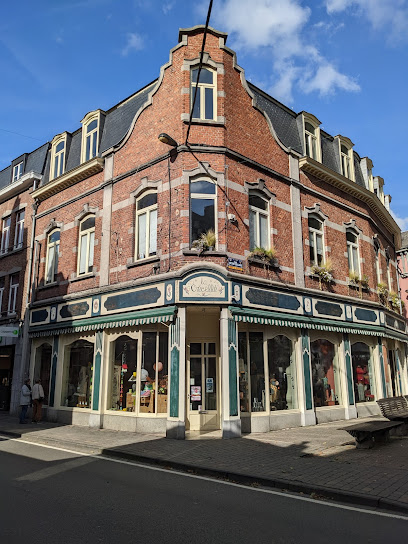
Press Shop
Explore the charm of Dinant at Press Shop, your go-to bookstore for literature, comics, and local candies.

Au Bonheur de Dinant
Experience the charm of Dinant through unique souvenirs and local crafts at Au Bonheur de Dinant, a must-visit store in Belgium's picturesque city.
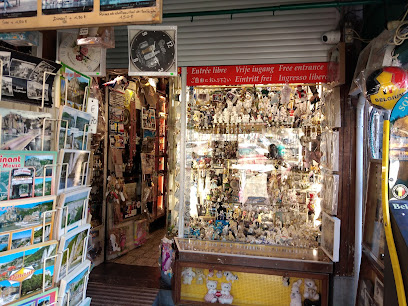
Boutique Avalon
Explore Boutique Avalon in Dinant for exquisite blinds and quality sewing supplies, blending elegance with local craftsmanship.
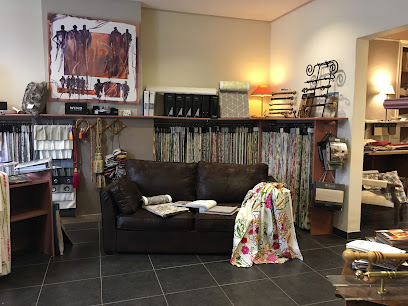
Dinant Night Shop
Explore the Dinant Night Shop for unique local products and souvenirs that celebrate the culture and charm of Dinant, Belgium.
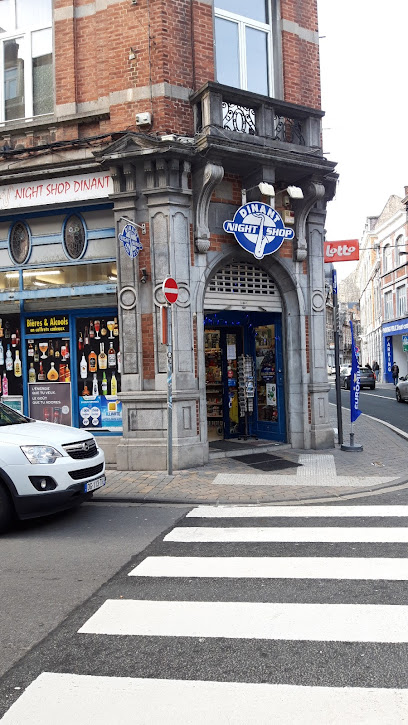
BB Gun Shop
Explore BB Gun Shop in Dinant for a wide range of airsoft guns and accessories, perfect for enthusiasts and beginners alike.
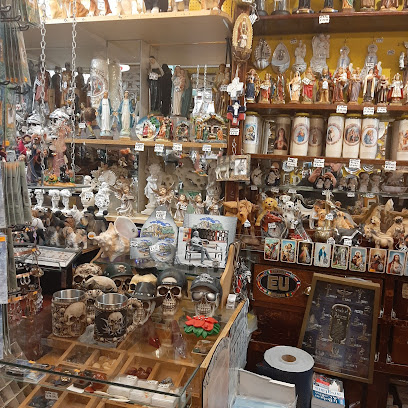
Maison Capelle
Explore the essence of Dinant at Maison Capelle, where local craftsmanship meets delightful gourmet offerings, perfect for every traveler.
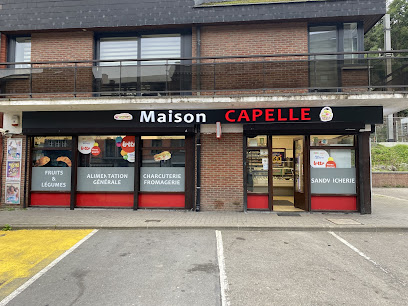
L'Empreinte Belge Dinant
Explore L'Empreinte Belge Dinant, a charming gift shop filled with unique Belgian crafts and souvenirs that capture the spirit of your travels.
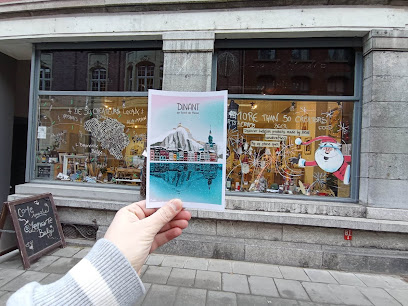
Turquoise Avenue
Discover unique fashion at Turquoise Avenue, a premier clothing store in Dinant, Belgium, offering stylish apparel and exquisite costume jewelry.
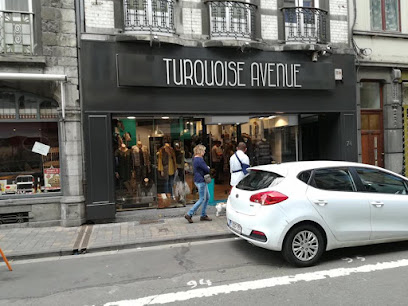
Vegas boutique
Discover unique fashion at Vegas Boutique in Dinant, where style meets elegance in a charming setting.

L' Or Rouge De Dinant
Discover unique artisanal treasures at L' Or Rouge De Dinant, a charming boutique in the heart of Belgium's picturesque town.
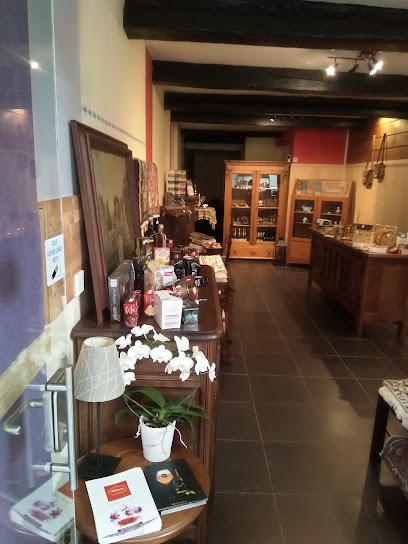
LA Concept Store
Explore LA Concept Store in Dinant for a unique blend of local fashion and creativity, offering stylish apparel to elevate your wardrobe.
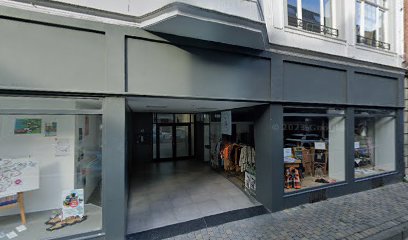
Transit
Discover unique local crafts and souvenirs at Transit Store, a charming shopping destination in the heart of Dinant, Belgium.
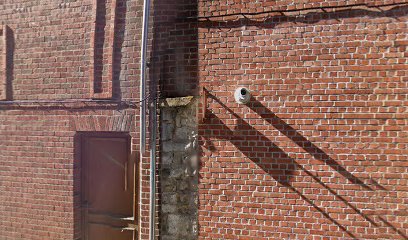
Essential bars & hidden hideouts
Café Leffe
Experience the rich flavors of Belgium at Café Leffe, a dining treasure in the heart of Dinant, perfect for tourists and locals alike.
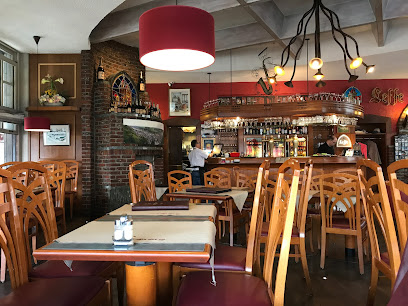
Le Café Ardennais
Discover the essence of Belgian cuisine at Le Café Ardennais in Dinant, where tradition meets taste in a cozy brewery setting.
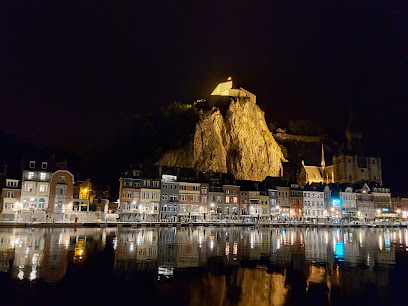
O' D'LIS BURGER'S BAR
Discover O' D'LIS BURGER'S BAR in Dinant for a delicious twist on Belgian cuisine, featuring gourmet burgers and local delights in a vibrant setting.
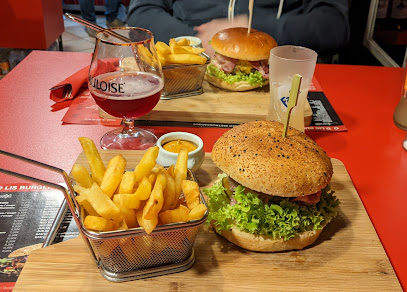
Le Confessionnal
Experience the authentic taste of Belgian cuisine at Le Confessionnal, a charming bistro in Dinant offering a cozy atmosphere and local brews.
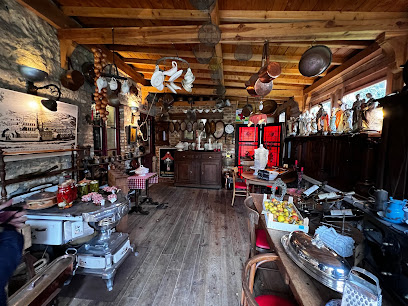
The 90 d6bels
Experience the enchanting atmosphere of The 90 d6bels, Dinant's premier piano bar and café, where great food meets live music.
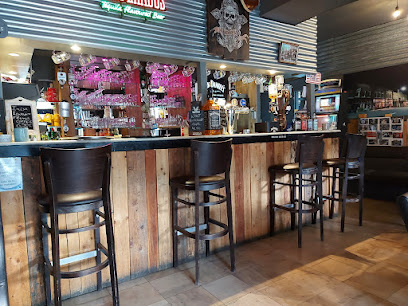
Le Saxophone
Experience the perfect family dining at Le Saxophone in Dinant, where delicious food meets a welcoming atmosphere for all ages.
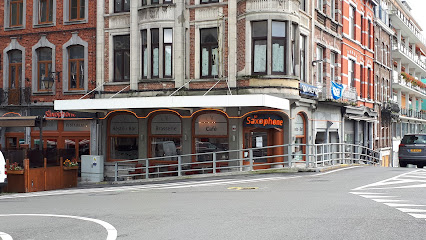
Le Cerf Vert
Experience the charm of Le Cerf Vert in Dinant, where delightful cuisine meets breathtaking views of the Meuse River.
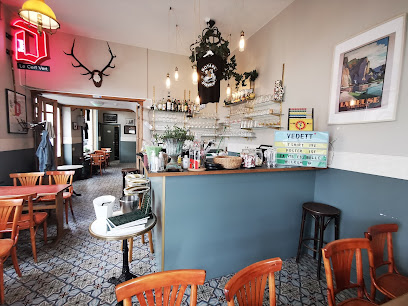
Taverne de la Meuse
Experience the essence of Belgian cuisine at Taverne de la Meuse, a culinary delight by the river in Dinant, perfect for food enthusiasts and travelers alike.
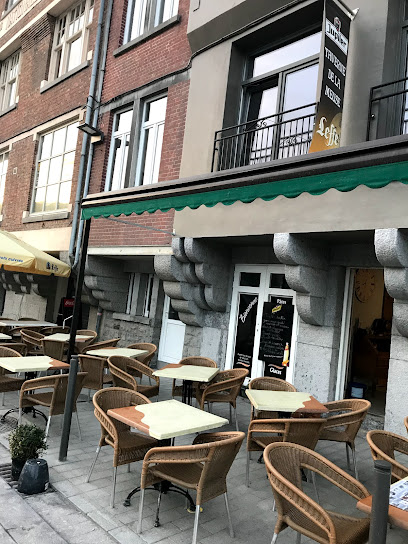
Ledzz Bar
Discover Ledzz Bar in Dinant: A lively bar offering a delightful drink menu and vibrant atmosphere in the heart of Belgium.
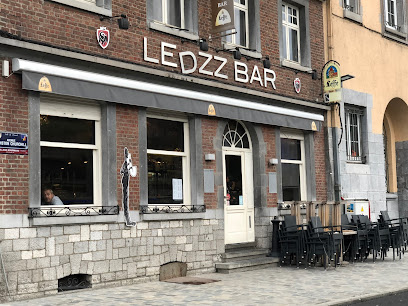
Restaurant Le Coin à Tapas
Experience the best of Belgian cuisine at Restaurant Le Coin à Tapas in Dinant, where small plates and local flavors create a memorable dining adventure.
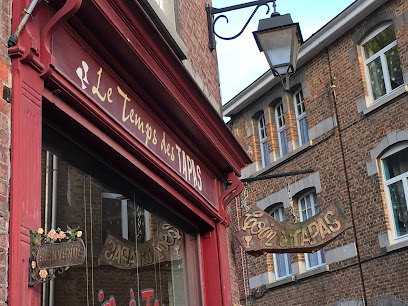
A c't'heure dînant!
Explore Belgium's rich beer culture and gourmet delights at 'A c't'heure dînant!', a premier beer store and gourmet grocery in Dinant.
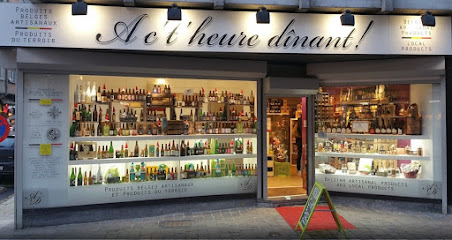
Côté Sax tea room & breakfast
Experience the charm of Côté Sax tea room in Dinant, where delicious breakfast options and a variety of teas await in a cozy atmosphere.
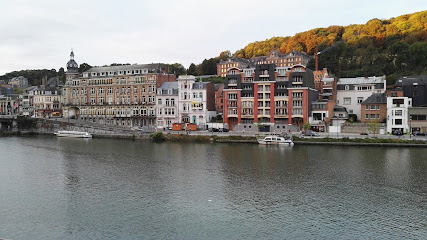
Cosy Lounge
Experience the perfect blend of comfort and flavor at Cosy Lounge, Dinant's favorite spot for delicious sandwiches and fast food.
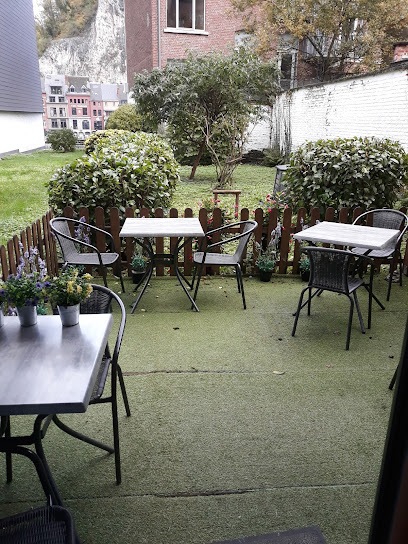
La Capsule
Discover La Capsule, a charming bar in Dinant, Belgium, offering an exquisite selection of craft beers and a warm, inviting atmosphere.
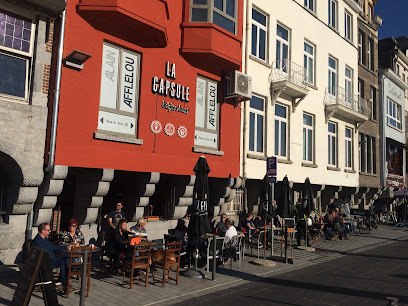
Café de la Croisette
Discover the vibrant atmosphere and delightful drinks at Café de la Croisette in the heart of Dinant, where every sip tells a story.
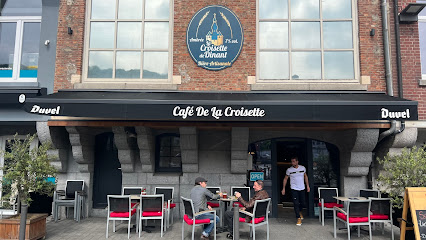
Local Phrases
-
- HelloBonjour
[bon-zhoor] - GoodbyeAu revoir
[oh rev-wahr] - YesOui
[wee] - NoNon
[noh] - Please/You're welcomeS'il vous plaît / De rien
[seel voo pleh / deh ryen] - Thank youMerci
[mehr-see] - Excuse me/SorryExcusez-moi / Désolé
[ex-kew-zay mwa / deh-zoh-lay] - How are you?Comment ça va?
[kom-mohn sah vah] - Fine. And you?Bien. Et vous?
[byen. ay voo] - Do you speak English?Parlez-vous anglais?
[par-lay voo ahn-glay] - I don't understandJe ne comprends pas
[zhuh nuh kohm-prahnd pah]
- HelloBonjour
-
- I'd like to see the menu, pleaseJe voudrais voir le menu, s'il vous plaît
[zhuh voo-dray vwar luh men-oo, seel voo pleh] - I don't eat meatJe ne mange pas de viande
[zhuh nuh mahnj pah duh vyand] - Cheers!Santé!
[sahn-tay] - I would like to pay, pleaseJe voudrais payer, s'il vous plaît
[zhuh voo-dray pay-yay, seel voo pleh]
- I'd like to see the menu, pleaseJe voudrais voir le menu, s'il vous plaît
-
- Help!Aidez-moi!
[ay-day mwa] - Go away!Allez-vous en!
[al-lay voo zan] - Call the Police!Appelez la police!
[ah-puh-lay lah poh-lees] - Call a doctor!Appelez un médecin!
[ah-puh-lay uh mayd-sahn] - I'm lostJe suis perdu
[zhuh swee pair-doo] - I'm illJe suis malade
[zhuh swee mah-lahd]
- Help!Aidez-moi!
-
- I'd like to buy...Je voudrais acheter...
[zhuh voo-dray zah-shay...] - I'm just lookingJe regarde juste
[zhuh ruh-gard zhust] - How much is it?Combien ça coûte?
[kohm-byen sah koot] - That's too expensiveC'est trop cher
[say troh shair] - Can you lower the price?Pouvez-vous baisser le prix?
[poo-vay voo bay-say luh pree]
- I'd like to buy...Je voudrais acheter...
-
- What time is it?Quelle heure est-il?
[kell er ay-teel] - It's one o'clockIl est une heure
[eel ay tun er] - Half past (10)Dix heures et demie
[dees er ay duh-mee] - MorningMatin
[mah-tan] - AfternoonAprès-midi
[ah-pray mee-dee] - EveningSoir
[swahr] - YesterdayHier
[yair] - TodayAujourd'hui
[oh-zhoor-dwee] - TomorrowDemain
[duh-mahn] - 1Un
[uhn] - 2Deux
[duh] - 3Trois
[twah] - 4Quatre
[kah-truh] - 5Cinq
[sank] - 6Six
[sees] - 7Sept
[sept] - 8Huit
[weet] - 9Neuf
[nurf] - 10Dix
[dees]
- What time is it?Quelle heure est-il?
-
- Where's a/the...?Où est...?
[oo ay...] - What's the address?Quelle est l'adresse?
[kell ay la-dress] - Can you show me (on the map)?Pouvez-vous me montrer (sur la carte)?
[poo-vay voo muh mohn-tray (soor lah kart)] - When's the next (bus)?Quand est le prochain (bus)?
[kahn ay luh proh-shan (bus)] - A ticket (to ....)Un billet (pour ....)
[uhn bee-yay (poor)]
- Where's a/the...?Où est...?
History of Dinant
-
Dinant, a quaint town nestled along the Meuse River in Belgium, boasts a rich history dating back to the Middle Ages. Originally a small settlement, it grew in prominence due to its strategic location and fertile lands. By the 10th century, Dinant had developed into a bustling hub for trade and commerce.
-
During the Middle Ages, Dinant became renowned for its copperware, known as 'Dinanderie'. Artisans in Dinant produced exquisite copper goods that were highly sought after across Europe. The town's prosperity attracted merchants and craftsmen, leading to an economic boom.
-
In 1466, Dinant faced a significant turning point when Charles the Bold, Duke of Burgundy, attacked the town. As a result of a rebellion against Burgundian rule, Charles besieged and sacked Dinant, leading to widespread destruction and loss of life. This event marked a dark chapter in the town's history.
-
Following the devastation of 1466, Dinant underwent a period of reconstruction. The town slowly recovered, and the Renaissance brought renewed cultural and economic growth. The Collegiate Church of Notre-Dame, a stunning example of Gothic architecture, was rebuilt during this time, symbolizing Dinant's resilience.
-
The Industrial Revolution in the 19th century brought significant changes to Dinant. The town saw an influx of factories and industries, transforming its economic landscape. The Meuse River played a crucial role in facilitating transportation and trade, further boosting Dinant's industrial growth.
-
Dinant was profoundly impacted by World War I. In August 1914, the town witnessed intense fighting during the Battle of Dinant. German forces clashed with the French, resulting in heavy casualties and significant damage to the town. The infamous Massacre of Dinant, where German troops executed hundreds of civilians, remains a tragic memory.
-
In the aftermath of World War I, Dinant embarked on a journey of reconstruction and recovery. The town gradually rebuilt its infrastructure and cultural landmarks. Today, Dinant is a vibrant tourist destination, celebrated for its picturesque scenery, historical sites, and rich cultural heritage.
-
Dinant is known for its lively cultural festivals and traditions. The annual 'Fêtes de Wallonie' celebrates Walloon heritage with parades, music, and local cuisine. Additionally, Dinant pays homage to its musical legacy as the birthplace of Adolphe Sax, the inventor of the saxophone, with events and exhibitions dedicated to his work.
Dinant Essentials
-
Dinant is easily accessible from various parts of Belgium and neighboring countries. The nearest major airport is Brussels Airport (BRU), approximately 100 kilometers away. From Brussels, you can take a direct train to Dinant, which typically takes about 1.5 to 2 hours. Alternatively, you can drive, taking the E411 highway, which offers a scenic route through the Belgian countryside.
-
Dinant is a compact city, and many of its attractions are within walking distance. For longer trips within the area, local buses and taxis are available. Renting a car is also a convenient option for exploring the surrounding regions, such as the Ardennes. Bicycles can be rented for a more eco-friendly and enjoyable way to see the city and its beautiful landscapes.
-
The official currency in Dinant, as in the rest of Belgium, is the Euro (EUR). Credit cards are widely accepted in hotels, restaurants, and larger shops. However, it is advisable to carry some cash for smaller establishments and markets. ATMs are readily available throughout the city for cash withdrawals.
-
Dinant is generally a safe city for tourists. However, as with any travel destination, it is wise to take standard precautions. Avoid leaving your belongings unattended and be cautious in crowded places. There are no specific high-crime areas targeting tourists, but it’s always best to stay vigilant and aware of your surroundings, especially at night.
-
In case of emergency, dial 112 for immediate assistance in Belgium. This number connects you to police, fire, and medical services. The local hospital, Centre Hospitalier Régional de Dinant, is well-equipped to handle medical emergencies. Pharmacies are also available for minor health issues and over-the-counter medications. It is advisable to have travel insurance that covers medical emergencies.
-
Fashion: Do dress comfortably, but avoid overly casual attire when dining out in nicer restaurants. Religion: Do be respectful when visiting religious sites, such as churches, and consider dressing modestly. Public Transport: Do purchase your ticket before boarding the train or bus. Don't be loud or disruptive. Greetings: Do greet people with a friendly 'Bonjour' or 'Bonsoir' depending on the time of day. Eating & Drinking: Do try local specialties like Couque de Dinant and Leffe beer. Don't forget to tip in restaurants, as it is customary to leave a small amount.
-
To experience Dinant like a local, visit the local markets where you can buy fresh produce and artisanal goods. Engage with locals at cafés and pubs, as they are often friendly and willing to share stories about the city's history and culture. Don’t miss the chance to take a boat trip on the Meuse River for stunning views of the city’s cliffs and citadel. For a unique dining experience, try the local specialty, Couque de Dinant, a hard biscuit made from flour and honey.
Trending Landmark in Dinant
Nearby Cities to Dinant
-
Things To Do in Namur
-
Things To Do in Durbuy
-
Things To Do in La Roche-en-Ardenne
-
Things To Do in Louvain-la-Neuve
-
Things To Do in Liege
-
Things To Do in Leuven
-
Things To Do in Mons
-
Things To Do in Spa
-
Things To Do in Brussels
-
Things To Do in Wiltz
-
Things To Do in Hasselt
-
Things To Do in Clervaux
-
Things To Do in Genk
-
Things To Do in Mechelen
-
Things To Do in Arlon










